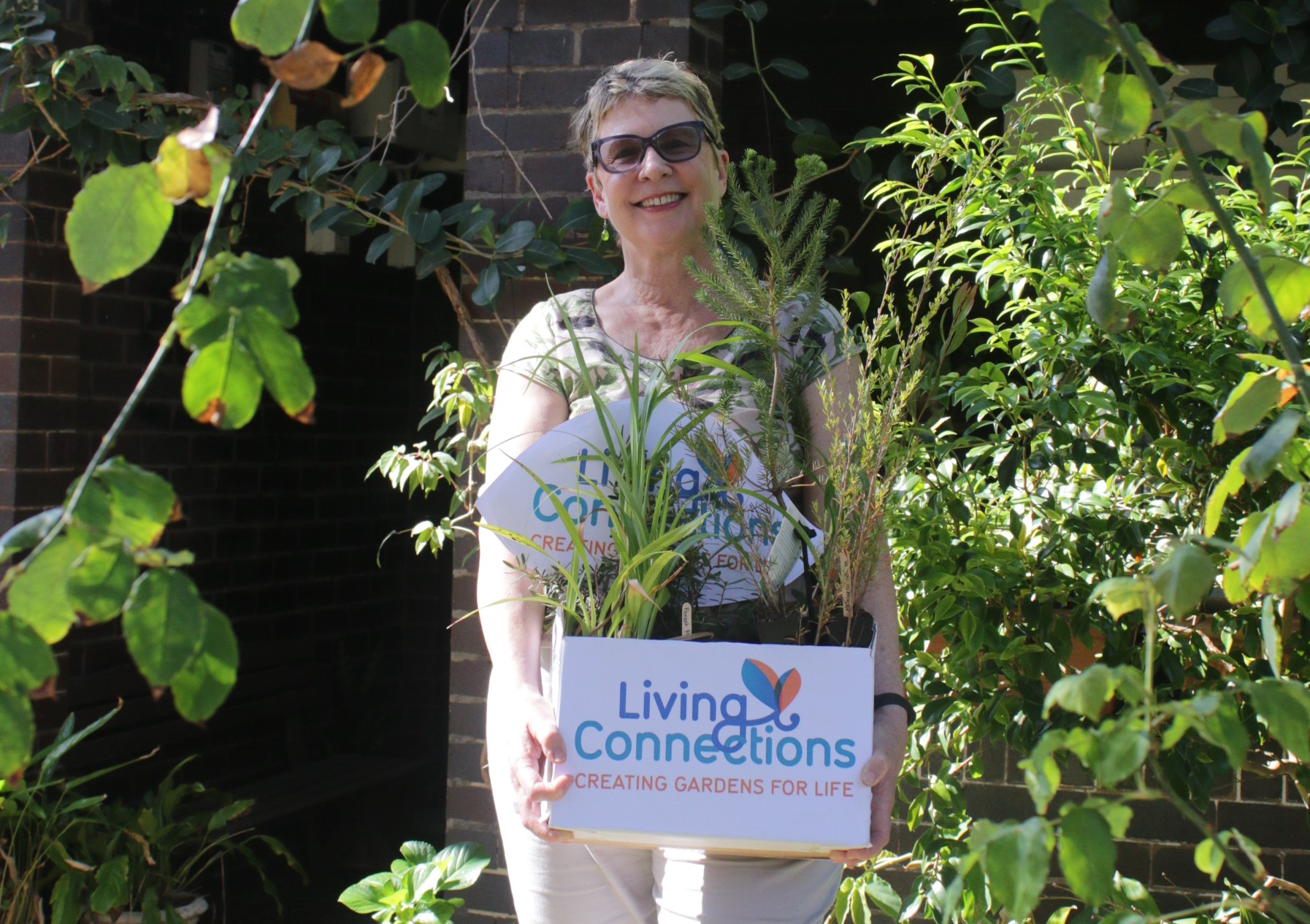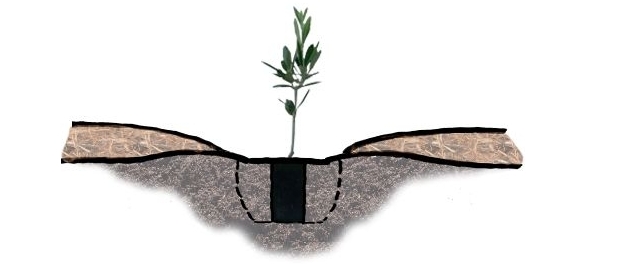Starting a native garden

Helen is part of Council’s Living Connections program.
Many Waverley residents are taking the opportunity to transform their gardens into an urban wildlife habitat, which involves planting trees, shrubs, grasses and groundcovers indigenous to the area that provide food and shelter to native animals. An indigenous plant species is one that is local to the Sydney eastern beaches, as opposed to a native plant which is naturally found elsewhere in Australia.
From a balcony oasis to large back yards, gardens with a majority of locally indigenous plants tend to be more resilient to the variation climate and cheaper to maintain in terms of water and fertiliser needs.
Get started by:
- Downloading the free Waverley Habitat Gardening Guide, which includes a list of plant species local to the area and how to plant them.
- Joining the Living Connections program, where you can receive free ground cover and shrubs. Those with larger gardens can access a visit a visit from a horticulturist.
- Subscribing to Council’s Second Nature newsletter for ongoing tips.
- Visit local garden centres that specialise in plants indigenous to the neighbourhood, such as the Randwick Community Nursery and Indigigrow. The Waverley Habitat Gardening Guide has a full list of nurseries that stock local plants.
- Consider a compost for your garden, and access reduced priced material through Council’s Compost Revolution program.
- Review your planting zone as part of Council’s Street Tree Masterplan to get inspiration for tree species.
- If you don’t have enough space for your own urban garden, consider a verge garden or getting involved in your local public garden.
| Is your garden award worthy? Enter the Waverley Garden Awards. | |
Native gardening in 8 steps
The Waverley Habitat Gardening Guide has step-by-step instructions on planning, planting and maintaining your garden. Remember to:
- Assess your site for sun, soil type and drainage before you buy any plants.
- Prepare your garden by clearing weeds and allowing a few months before planting in case the weeds reemerge.
- Plant in soil, not mulch, and ensure the plant hole is as deep as the pot plant, and 2 to 3 times as wide.
- Weed as you go and keep a particular eye out for species deemed as ‘pest plants’ by the NSW Government.
- Mulch suppresses weeds and reduces the need for watering, especially given the eastern coast has a naturally sandy soil that repels water. Place a layer of mulch approx 75 mm deep around the plant, keeping the mulch clear of the stem and form a bowl shape with the mulch to allow water to flow towards the plant. Use a coarse organic mulch. You can use fallen leaves or small twigs from your garden as mulch and natural fertiliser (not grass clippings).
- Be careful when buying store-bought fertiliser. Native plants have evolved in nutrient-poor soils and they are don’t need strong fertilisers. Regular garden fertilisers contain phosphorus levels that can damage, and even kill, native plants and encourage the growth of exotic weed species.
- Prune as needed. The rule of thumb is to prune only the green or current year’s growth to encourage branching and create a bushier specimen.
- Water well in the first six weeks after planting and then reduce water input thereafter. A thorough soaking is better for plant establishment than more frequent light watering. Additional water may be needed over the first three summers and during heatwaves.


